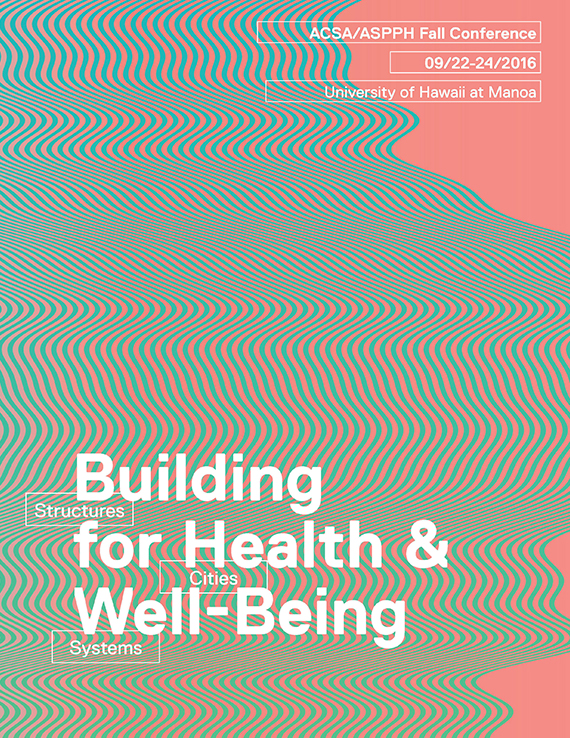Author(s): Bradford Watson
In 1912, Walter Harvey Weed wrote “Heaps ofwaste are everywhere prominent, attesting by theirgreat size the extent of the underground workings”foreshadowing the environmental impact of miningon the Butte Hill. In 1983 the EPA designated theregion as a Superfund Site with clean up beginning in1987 to protect human health and the environment.Due to the EPA’s findings of the Practical Infeasibilityto remove the hazardous materials (over 660 millionmetric tons of material have been displaced) a WasteLeft in Place strategy was implemented. This processhas resulted in large swaths of the town that areunoccupiable native grass fields as the cap is onlytasked with providing protection for people and theenvironment. This fragile surface protection has notcreated places of value and in many instances hasremoved opportunities for recreation within the city.While clean up efforts have improved the healthof the environment, they have been detrimentalto the reclamation of the community. This paperpresents a project that began as a graduate studioproposing alternative strategies to the reclamationeffort that leverage the funding for clean up toprovide opportunities for the community to reclaimthe land through recreation and promote economicgrowth. The paper evidences the process over thelast three years of working with a collection ofinterdisciplinary students from two universities,government agencies and the community todevelop the design and funding mechanism for thereclamation of the former Bonanza Mine Dump, anunreclaimed site currently being illicitly used as aBMX track by children. The paper documents howthe protection of human health could promotehealth, environmental understanding and create anew economy.
Volume Editors
Billie Faircloth, Howard Frumkin & Sara Jensen Carr
ISBN
978-1-944214-09-8

 Study Architecture
Study Architecture  ProPEL
ProPEL 
